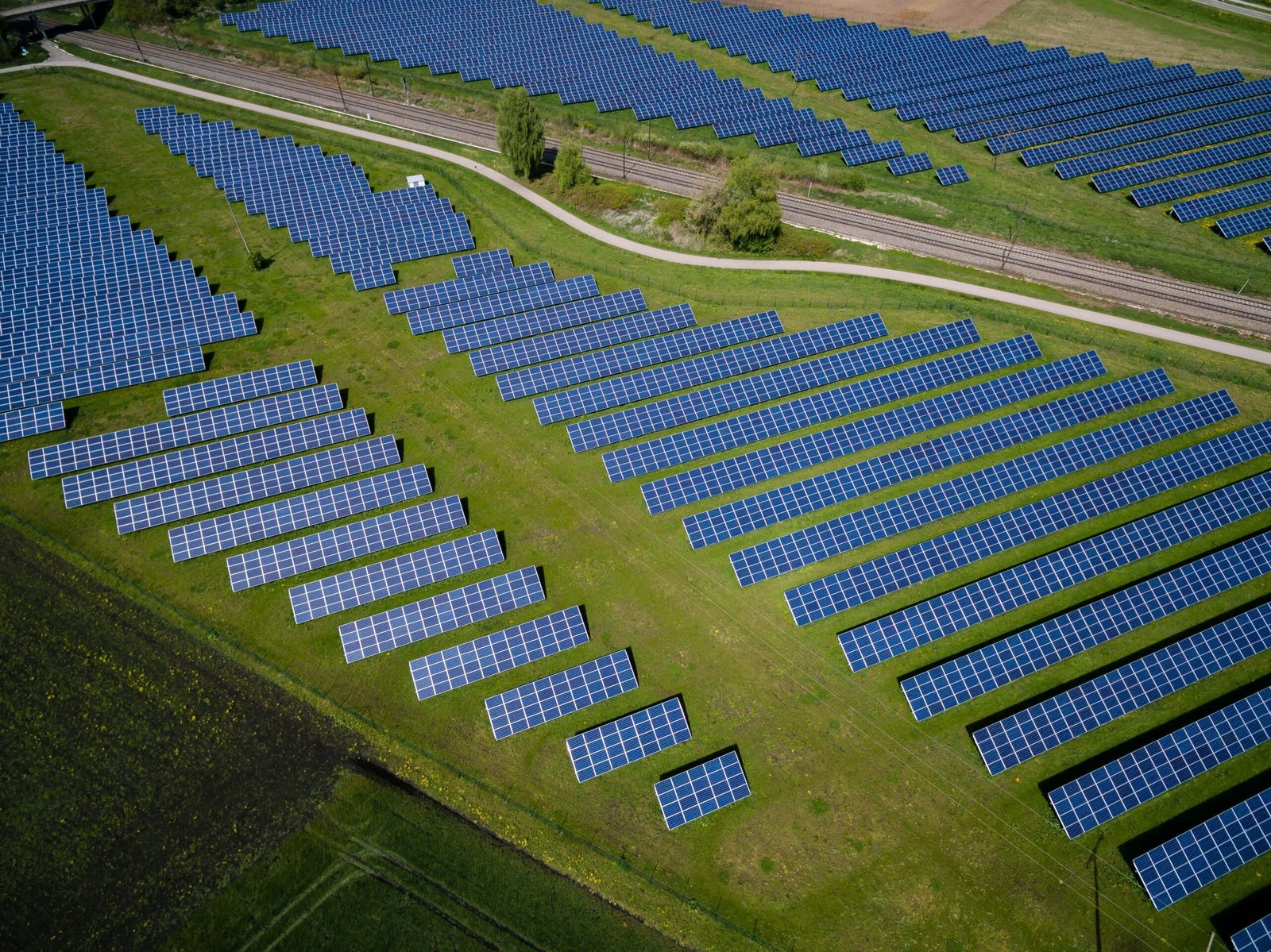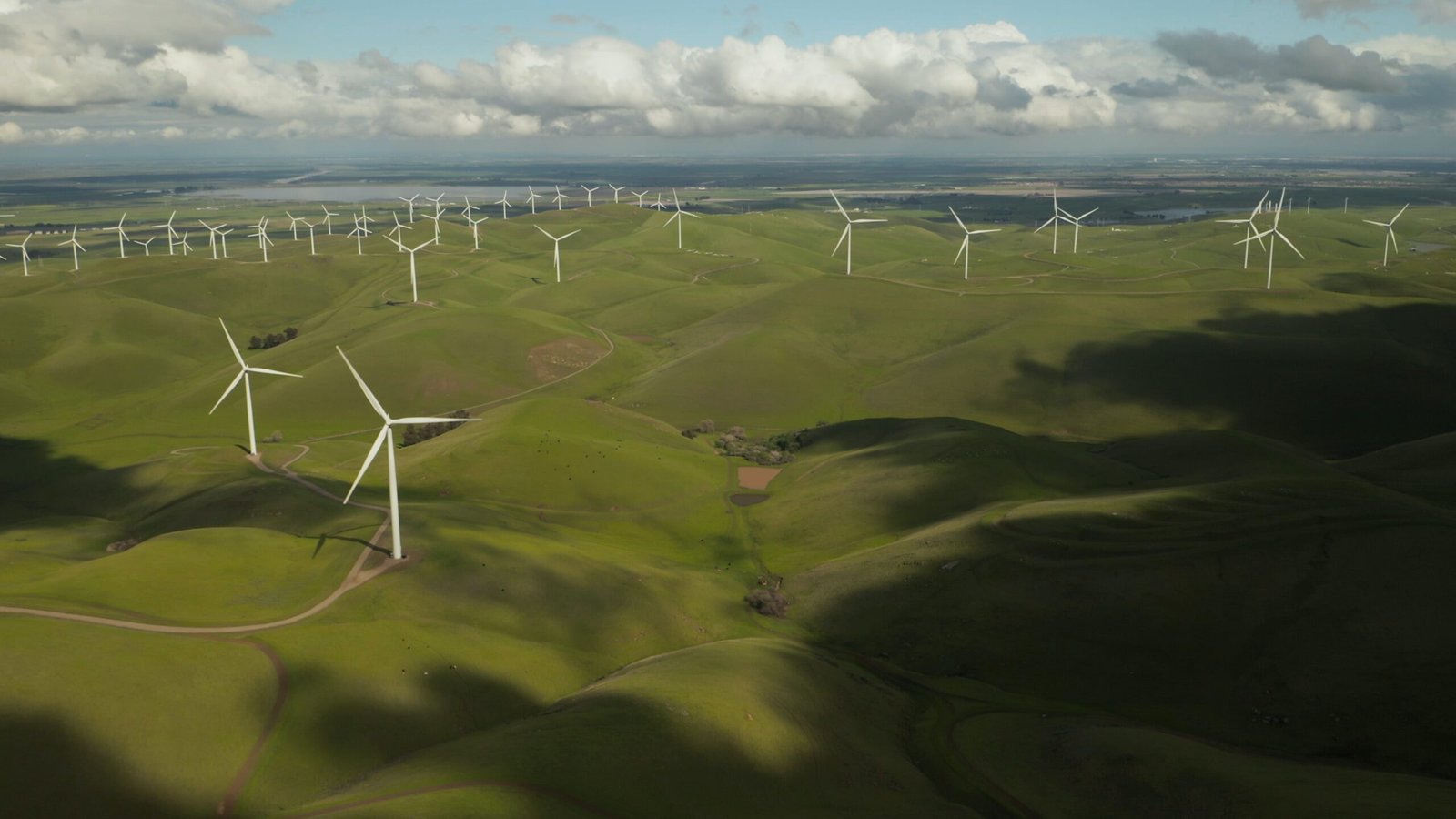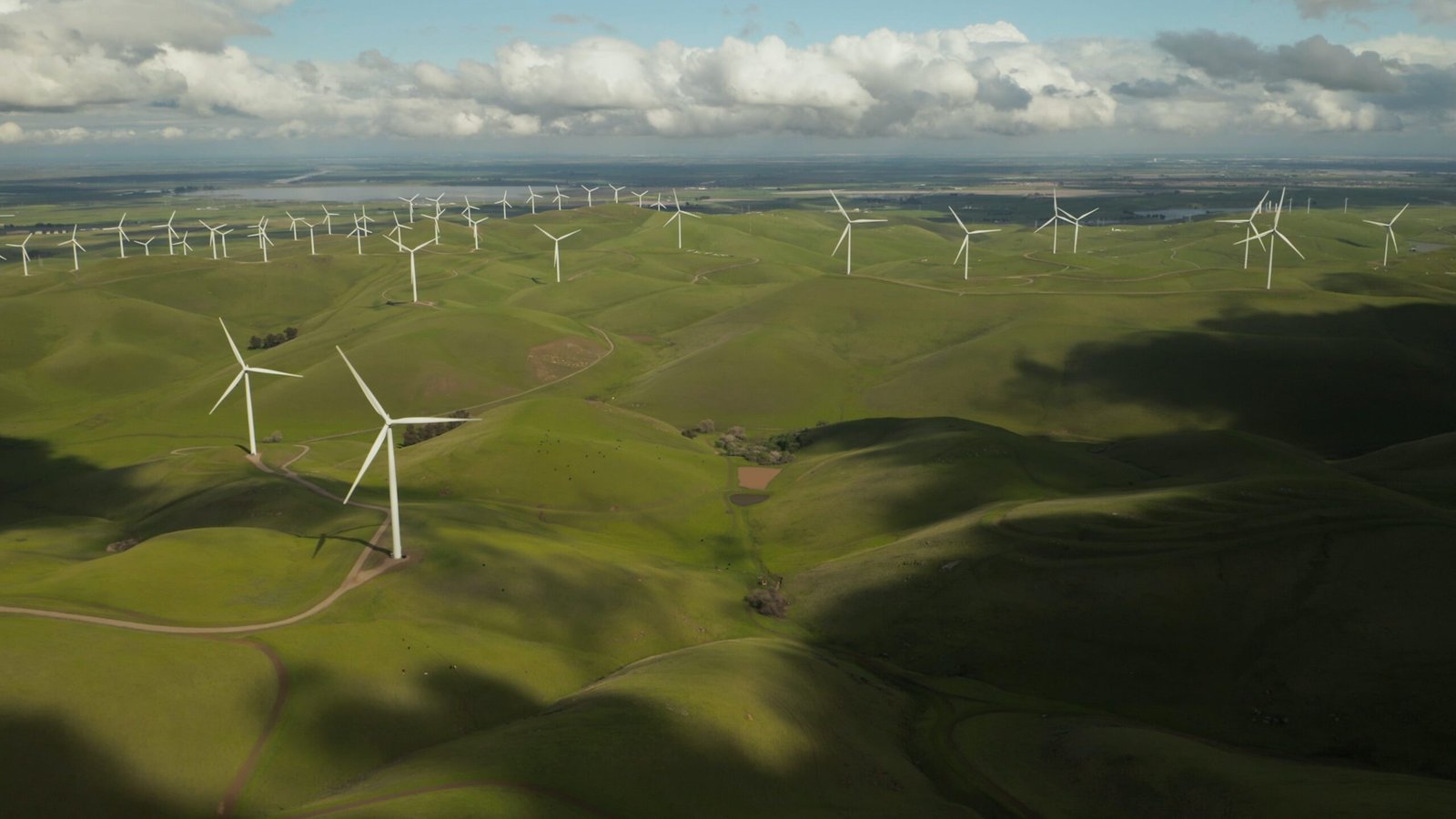Learn about the key 10 differences between renewable and non-renewable energy sources. Understand the meaning and definition of each, explore a comparison table chart, and discover examples of renewable and non-renewable energy sources.
Understanding the 10 Differences Between Renewable and Non-Renewable Energy
Meaning and Definition
Before exploring the differences between renewable and non-renewable energy, it is important to understand their meanings and definitions.
Renewable energy refers to energy sources that are naturally replenished and can used without depleting the earth’s resources. These sources include solar power, wind power, hydroelectric power, geothermal energy, and biomass.
On the other hand, non-renewable energy refers to energy sources that are finite and cannot replenished within a human lifespan. These sources include fossil fuels like coal, oil, and natural gas. What is the Difference between Consistent vs Constant?
Difference Comparison Table Chart
| Renewable Energy | Non-Renewable Energy |
|---|---|
| Derived from naturally replenished sources | Derived from finite resources |
| Does not produce greenhouse gas emissions | Produces greenhouse gas emissions |
| Low or zero fuel costs | High fuel costs |
| Does not contribute to air pollution | Contributes to air pollution |
| Can be harnessed locally | Requires transportation and distribution |
| Can create jobs in the renewable energy sector | Can create jobs in the extraction and refining of fossil fuels |
| Can be used indefinitely | Will eventually run out |
| Can help reduce dependence on foreign energy sources | This can lead to geopolitical conflicts over limited resources |
| Can be integrated into existing infrastructure | May require significant infrastructure changes |
| Examples: Solar power, wind power, hydroelectric power | Examples: Coal, oil, natural gas |
Examples
Renewable energy examples include solar power, which harnesses the sun’s energy through photovoltaic cells; wind power, which uses wind turbines to generate electricity; and hydroelectric power, which relies on the force of flowing water to produce energy.
Non-renewable energy examples include coal, which is burned to produce steam and generate electricity; oil, which is refined into gasoline and used for transportation; and natural gas, which is primarily used for heating and cooking.






